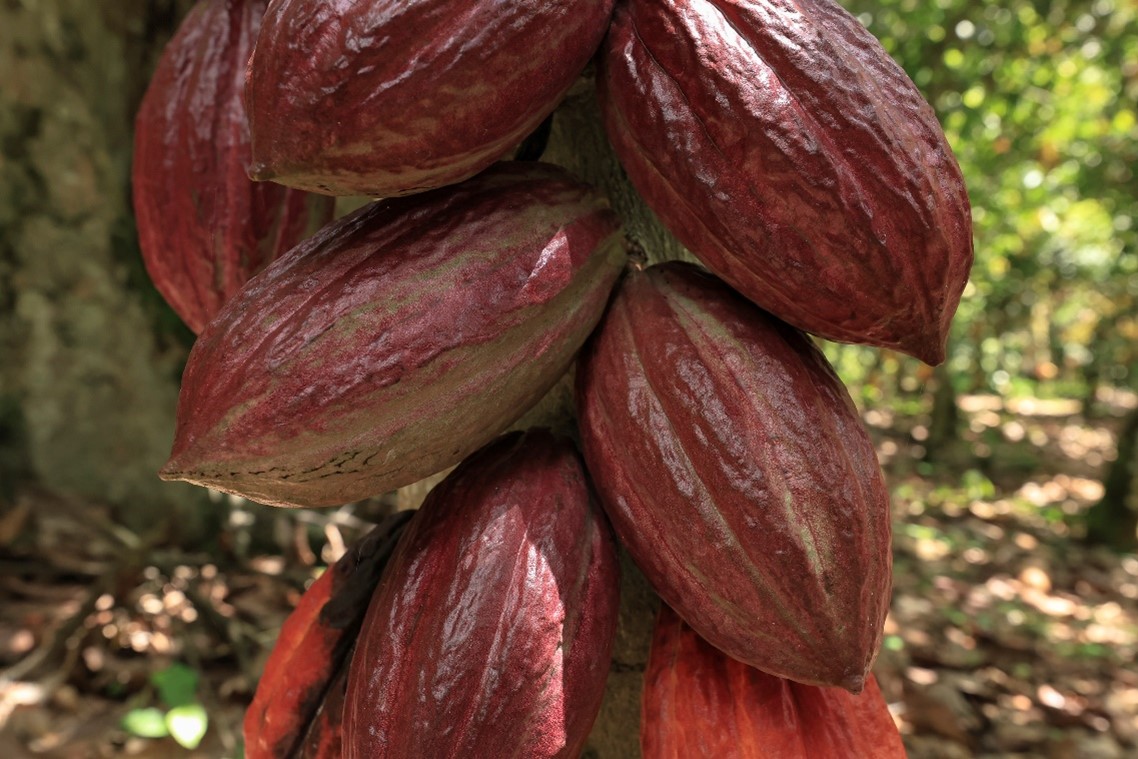No cocoa, no chocolate. Yes, it’s that serious.

When we protect plants,
we protect lives.
#PlantHealthDay
Cocoa (Theobroma cacao) is more than a treat; it's a lifeline crop. Cocoa is the raw ingredient for chocolate and a critical cash crop for over 40 million people, particularly in West Africa. Côte d’Ivoire and Ghana account for more than 60% of global cocoa production.
Major pests/pathogens:
- Cocoa pod borer (Conopomorpha cramerella)
- black pod rot (Phytophthora spp.)
Economic value:
- Cacao holds significant economic value globally, especially for millions of small-scale farmers.
- Cacao production is not just about exports; it also supports livelihoods and contributes to national economies.
- Challenges like low farmer incomes, deforestation, and child labor persist. Initiatives like the FAO's Sustainable Cocoa Initiative aim to address these issues by improving the sustainability and transparency of cacao value chains.
- Top exporters: Côte d’Ivoire, Ghana.
- Top importers: European Union, importing around 60% of the world's cacao.
Cultural value:
- The Cocoa Agroforestry System in São Tomé and Príncipe is celebrated as a Globally Important Agricultural Heritage System (GIAHS).
- This system produces high-quality cacao, preserves traditional farming practices, supports local livelihoods, and maintains biodiversity.
- Cacao has deep cultural roots in many societies, symbolizing prosperity, community, and even spirituality.
- Its cultivation often involves traditional knowledge passed down through generations, reflecting the resilience and heritage of farming communities.
Fun facts:
- Theobroma, the scientific name for the cacao tree means "food of the gods".
- Cocoa trees start bearing fruit at 3–5 years old and can live for decades.
- Each cocoa pod contains 30–50 seeds (or beans).
Why does protecting plants and crops matter?
Plant pests destroy up to 40 percent of global crops annually. Protecting plants can help:
- Achieve a zero-hunger world
- Reduce poverty and inequality
- Protect biodiversity
- Support livelihoods of rural farmers
- Sustain economies around the world

